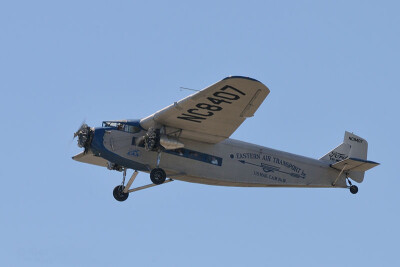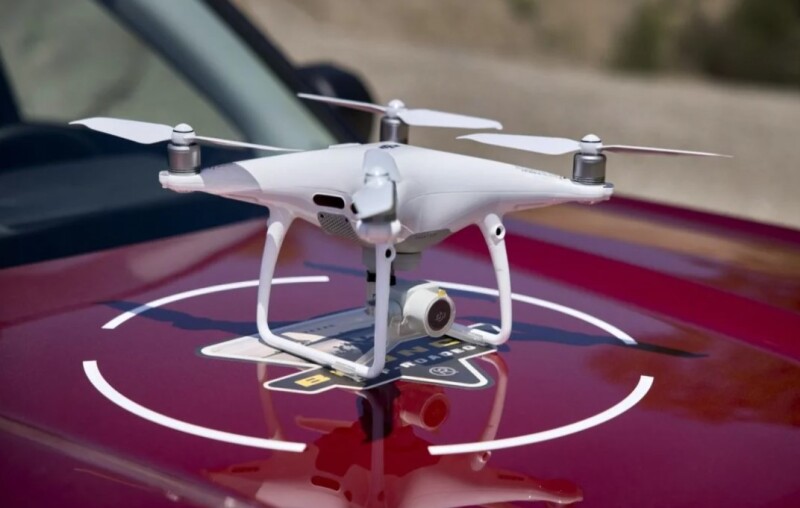In 1925, just 23 years after the first crewed flight of the Wright Brothers, the Ford Motor Company announced it was developing an all-metal aircraft, officially entering the industry of heavier-then-air transportation. On June 11, 1926, the Ford Trimotor, one of the most iconic aircraft ever designed and built, made its first flight over the skies of Detroit, Michigan. It was the culmination of an old dream of Mr. Ford and his son.

A few years earlier, in 1909 Mr. Ford lent three factory workers to his 15-year-old son, Edsel Ford, and his friend Charles Van Auken, to build a monoplane with a Model T engine. This early attempt aircraft had wing warping controls and a radiator perpendicular to the wind. The plane did not fly well in multiple test flights and ended up in a tree. Then the world entered into its first global conflagration, WWI, and the project was put on hold. Ford, instead, entered the aircraft motor business with production of the Packard-designed Liberty engine for the military. The Ford Motor Company completed 3,950 Liberty engines.
Now, just 9 years after the first commercially available drones were launched, the Ford Motor Company has decided to enter the uncrewed aviation industry by filing a patent for a drone-based security service. The patent was filed on April 20, 2022, published on October 26, 2023, and assigned serial number 0343101, but it is not the first or the only attempt at incorporating uncrewed aviation into existing Ford vehicles.
According to the Ford Authority, a website dedicated to all things Ford and not affiliated with the Ford Motor Company, the company in recent years has filed a large number of patents involving drones, including ideas for an unmanned aerial vehicle sanitation system, an unmanned aerial vehicle integration system, a vehicle-mounted aerial drone container, a drone close proximity operating system, a moonroof docking system for unmanned aerial vehicles, drone flights over public roadways, a landing platform for UAVs, a drone elevator system, and an air to ground last-mile delivery system.
At the same time, the automaker has been exploring ways to utilize drones throughout its operations, teaming up with Drone Delivery Canada on a new research endeavor that tests an automated drone as it tracks and lands on a moving ground vehicle within a specific flight arena, as well as using drones to keep tabs on inventory at the Valencia Engine plant in Spain, most recently announcing a drone delivery test program at Michigan Central Station, too.
But even if all these patents and efforts to enter the uncrewed aviation arena as a player are not in the designing and manufacturing of actual aircraft, it is important to note the efforts of one of the largest transportation manufacturers in the world to understand and take advantage of an emerging industry.
For years, traditional delivery companies such as UPS and FEDEX have been toying with the idea of adding a drone, or multiple drones, to conventional trucks in order to maximize efficiency while delivering multiple packages at once. Now, let us imagine what would happen if these delivery companies could team up with the truck manufacturer, in this case the Ford Motor Company, and create a hybrid delivery platform (truck/drone) that comes out ready to go from the assembly line.
Even though Ford is not trying to emulate their attempts of 1925 to enter the aviation arena, we welcome any established business coming to the aid of a nascent industry looking for ready-to-go solutions and ways to speed up the process of massive deployment. We hope to see more examples of this kind of innovation and collaboration from many other large enterprises.















Comments